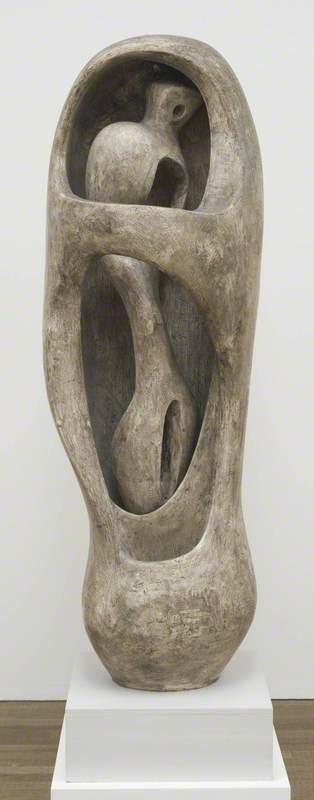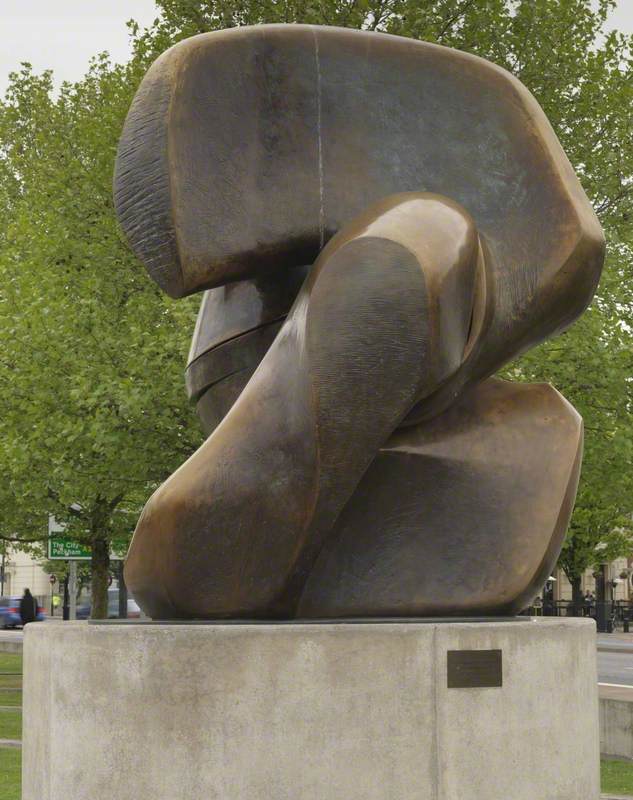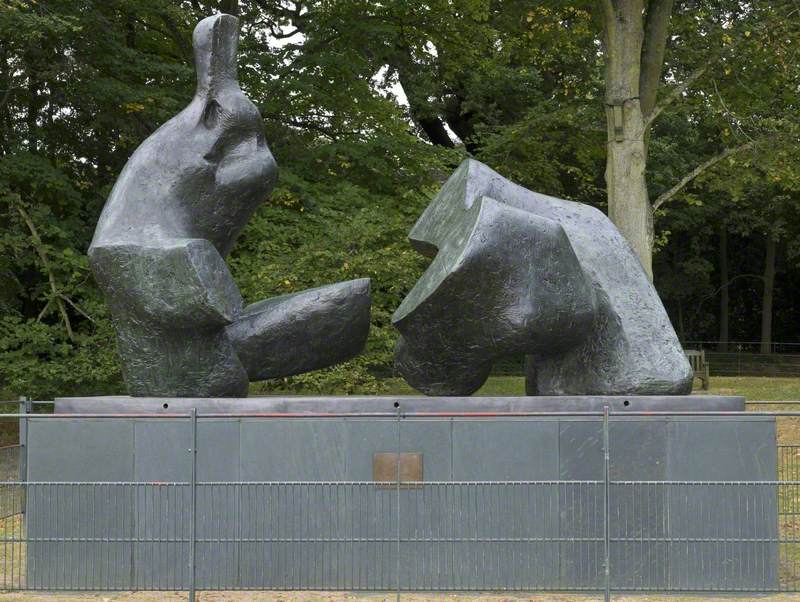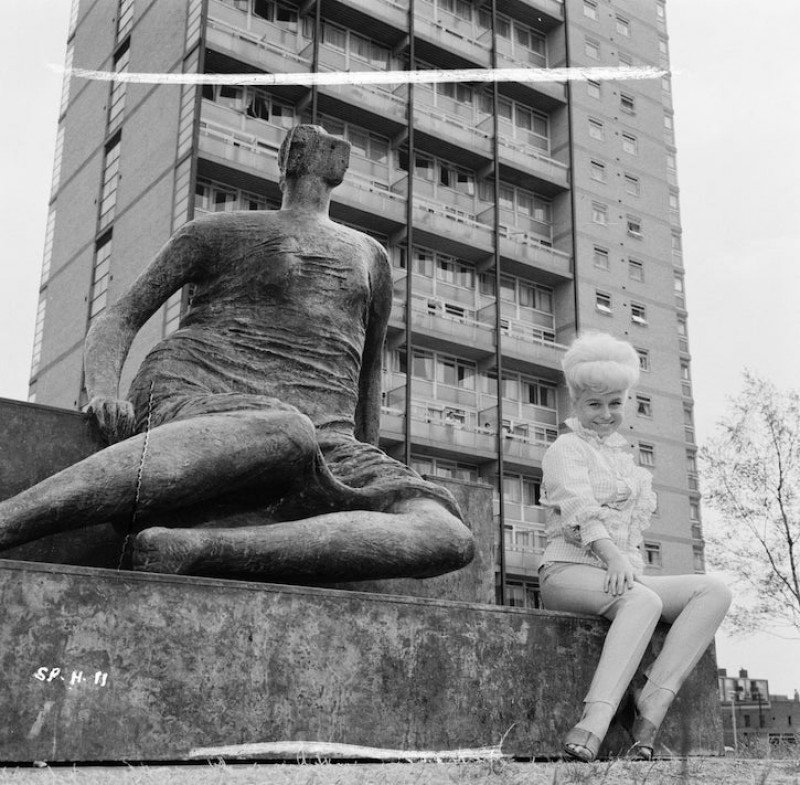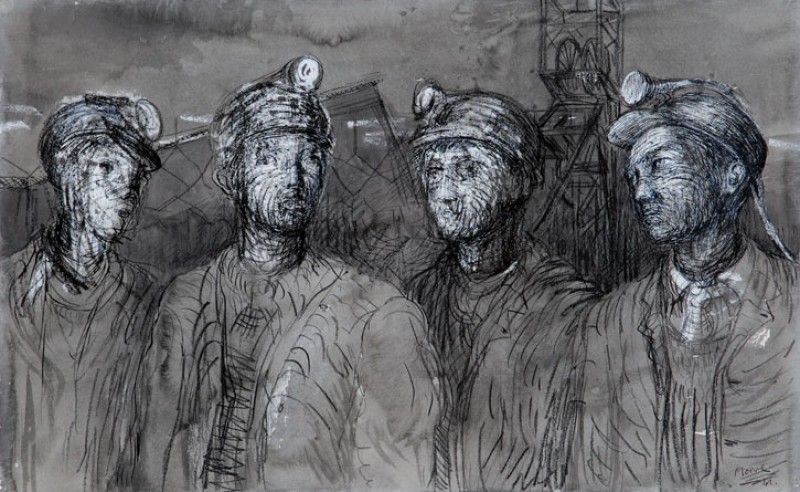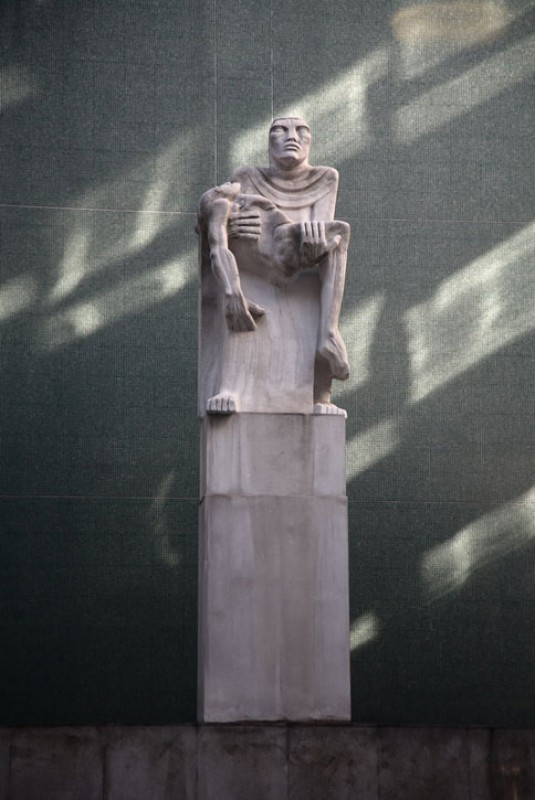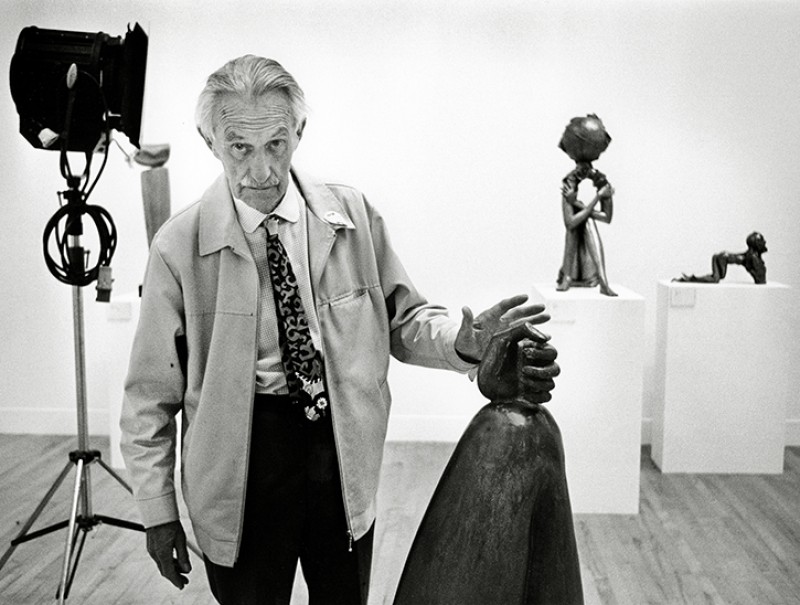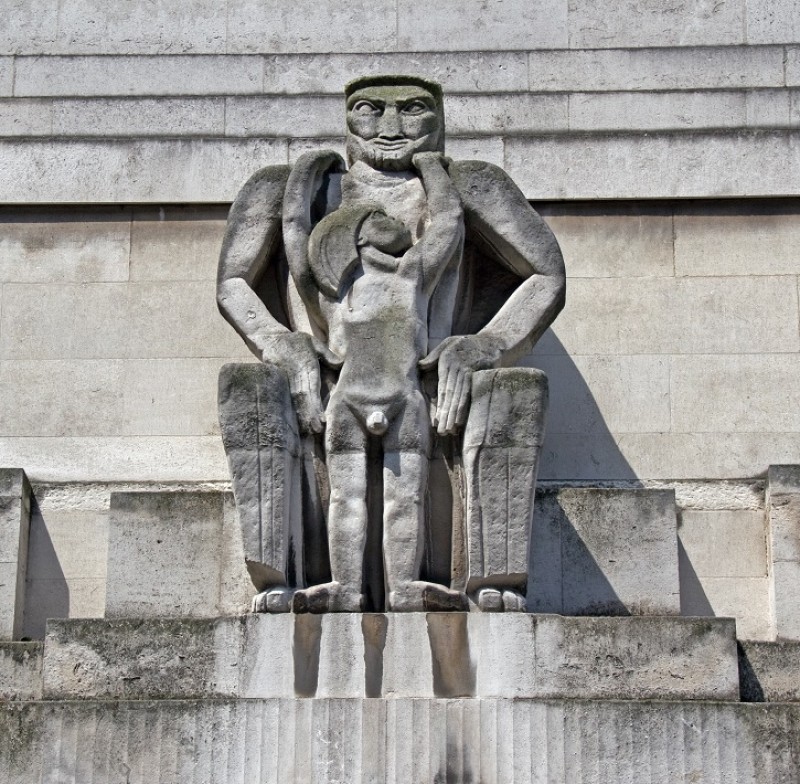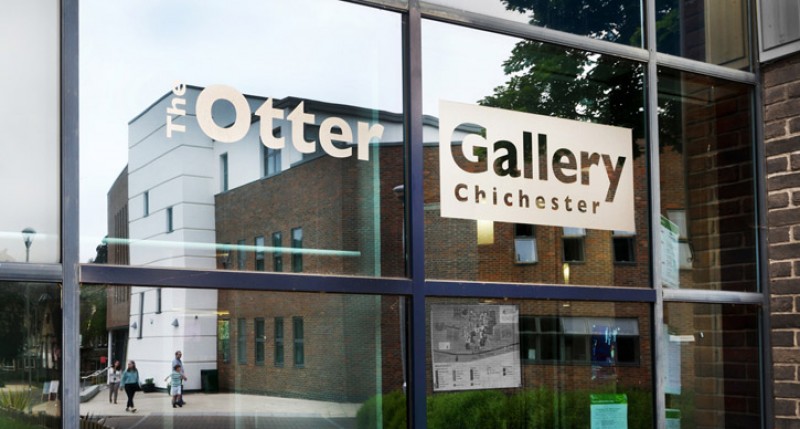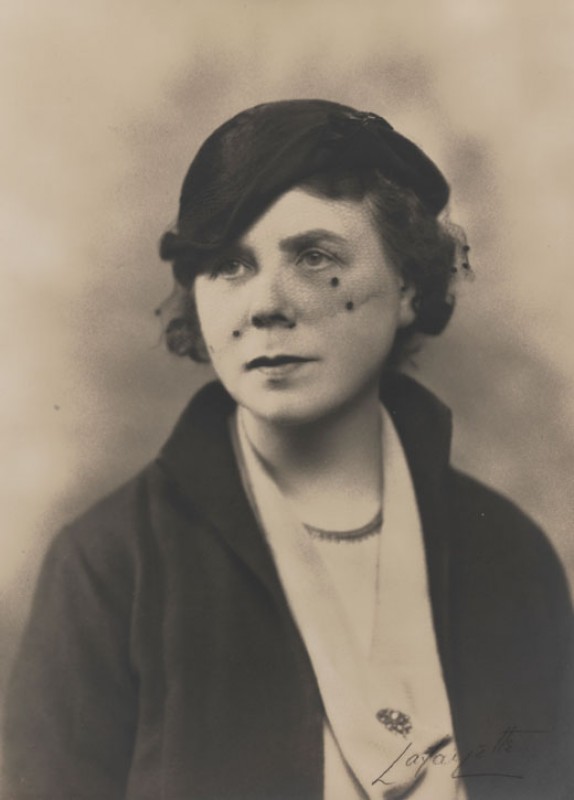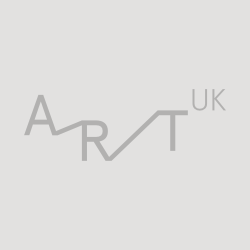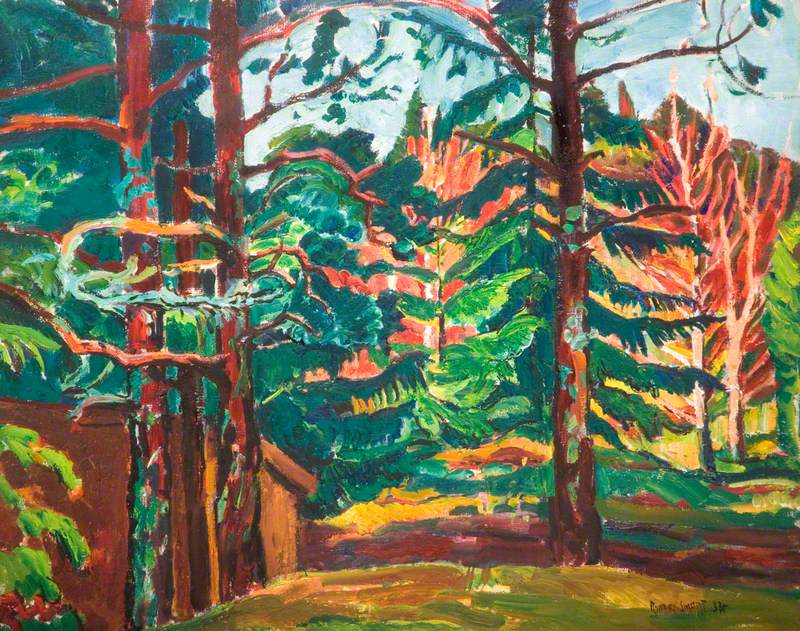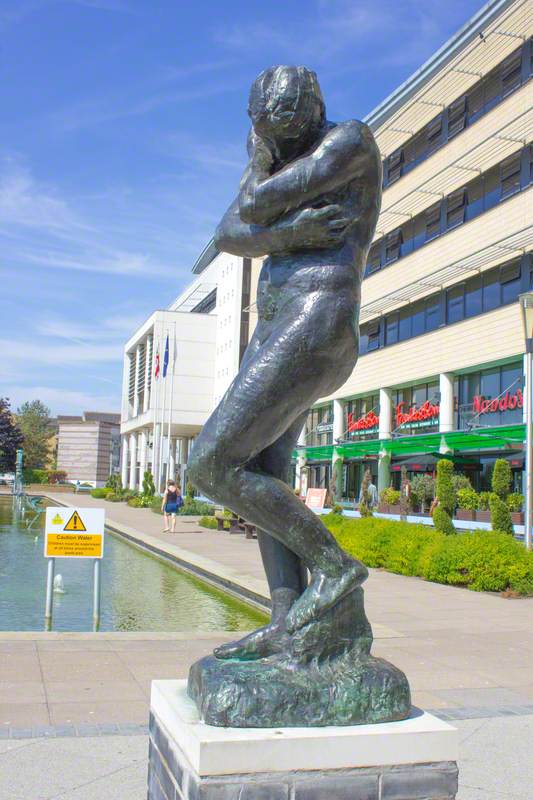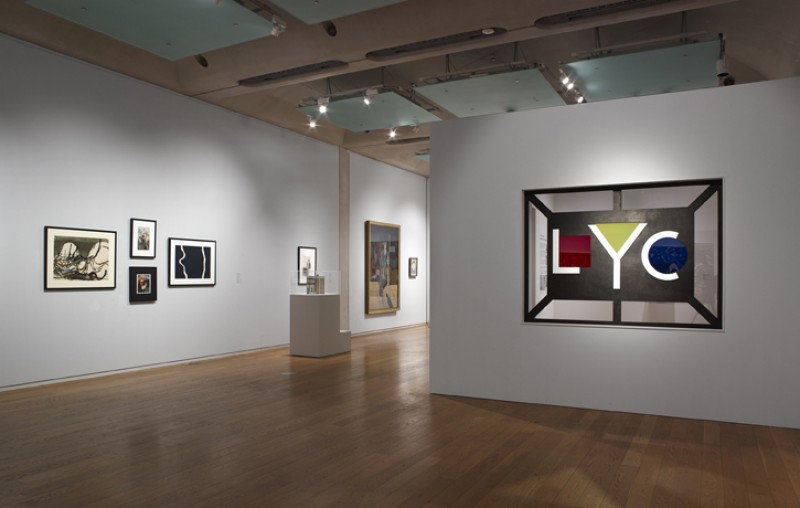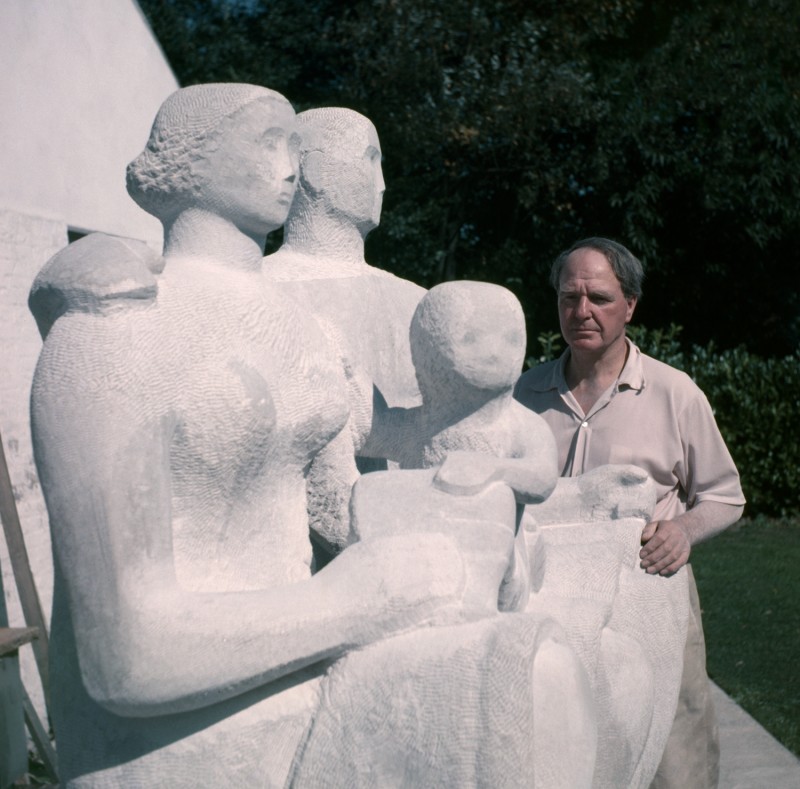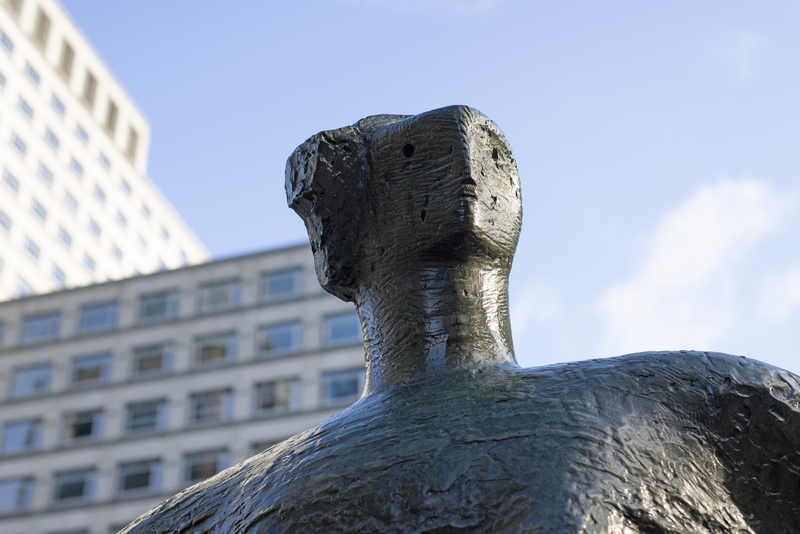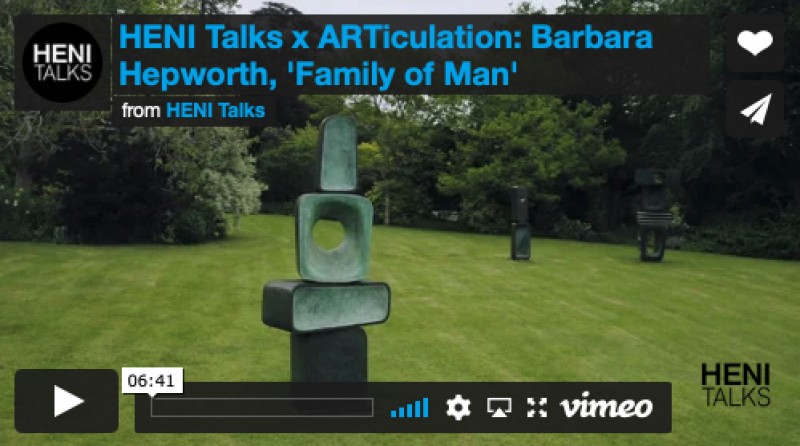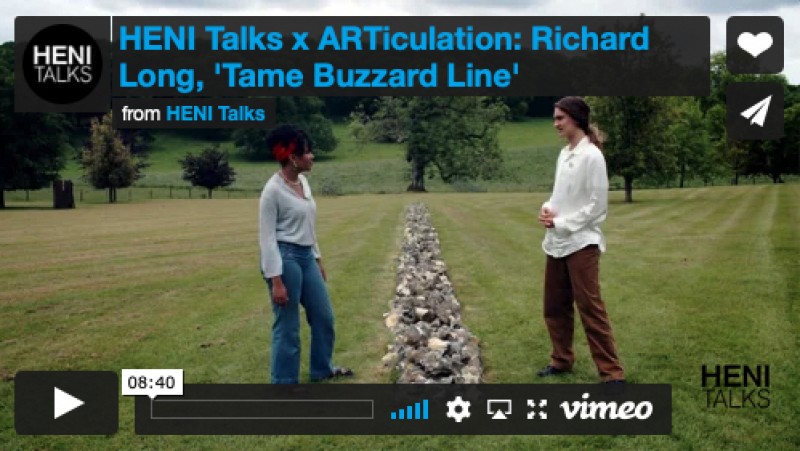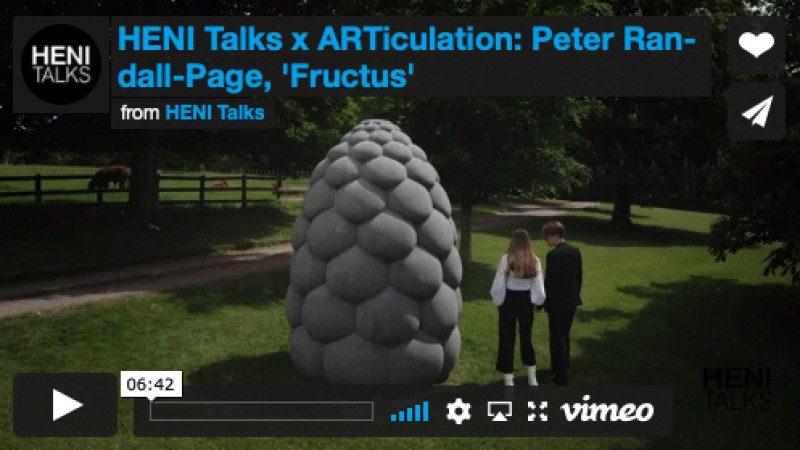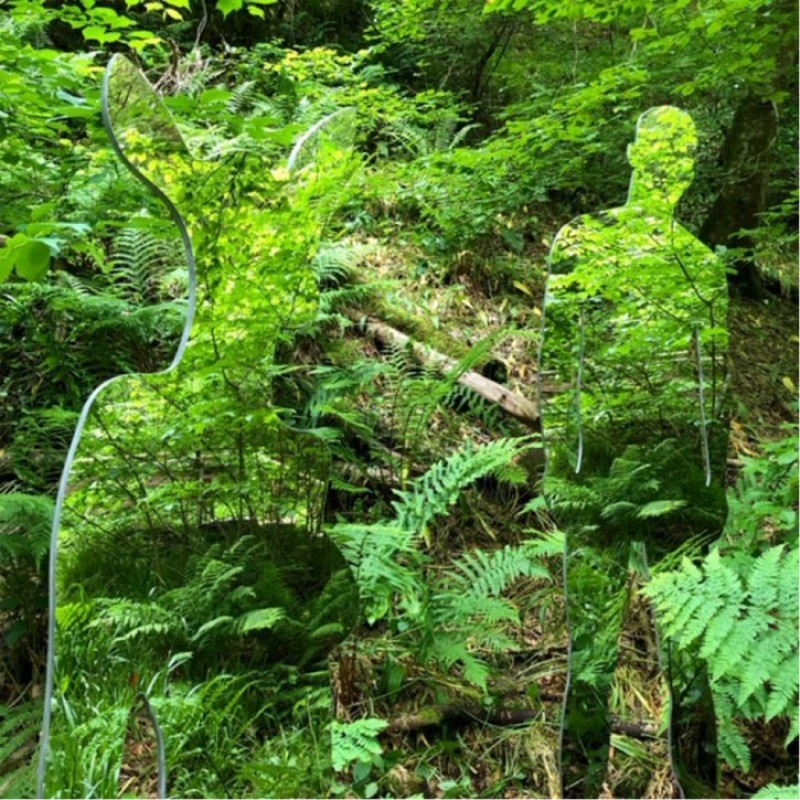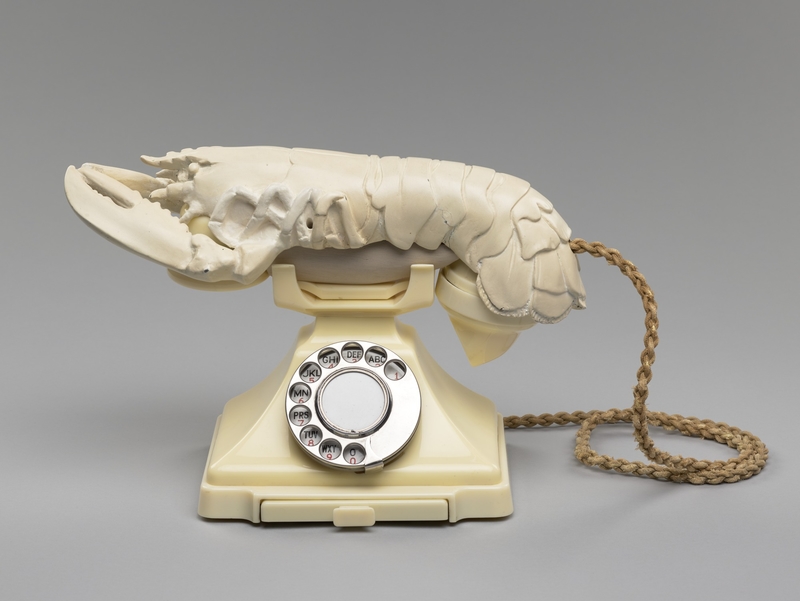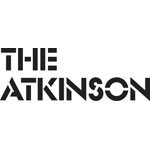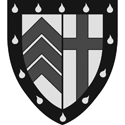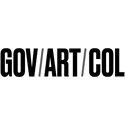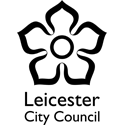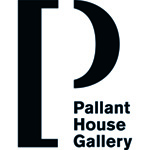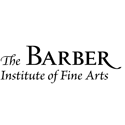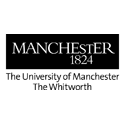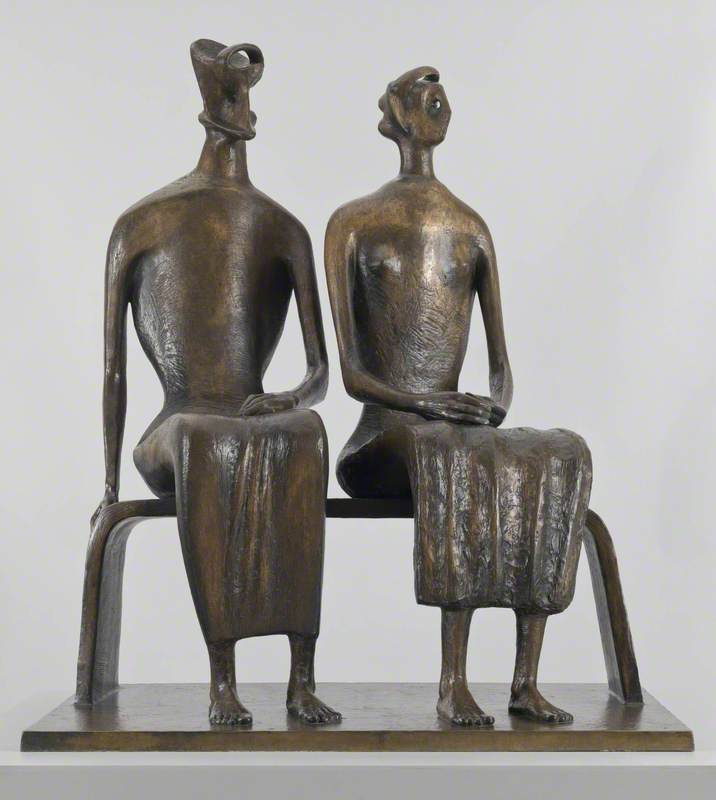
British sculptor and draughtsman. He was made a CH in 1955 and appointed to the OM in 1963. The son of a Yorkshire miner, Moore studied at Leeds School of Art after doing his military service and then at the Royal College of Art, London (1921–24). He assimilated a variety of influences, including medieval and primitive sculpture and the pre-Columbian art of Mexico, as can be seen in his Mother and Child (1924–25). After travelling in Italy Moore taught at the RCA and in 1926 he completed the first of his many public commissions, the figure of North Wind for the London Transport headquarters. In 1930 Moore joined the abstraction-oriented Seven and Five Society and from 1932 to 1939 he taught at the Chelsea School of Art. Between 1930 and 1936 he explored surrealism and nonobjective geometrical sculpture before returning to organic and human forms, particularly the reclining figure.
As a war artist (1940–42) Moore's drawings of figures sheltering in the London Underground led to wider popular recognition. Following the bombing of his London studio in 1940, he moved to Hertfordshire. Already an influential figure in British art, he achieved international fame after World War II and received a large number of commissions from various countries as well as numerous honours and international prizes for sculpture, including that of the Venice Biennale in 1948. Major commissions include sculptures of reclining figures for the Time-Life building in London (1952–53) and the UNESCO building in Paris (1956–57). Additional themes in his postwar work were upright figures, internal and external forms, family groups, and two- or three-piece semiabstract reclining figures, as well as the abstract pieces of the 1960s, notably Atom Piece (1964–66) for the University of Chicago. Though based in Hertfordshire, Moore also worked in Forte dei Marmi, Italy, from 1977
Text source: The Oxford Dictionary of Art and Artists (Oxford University Press)



